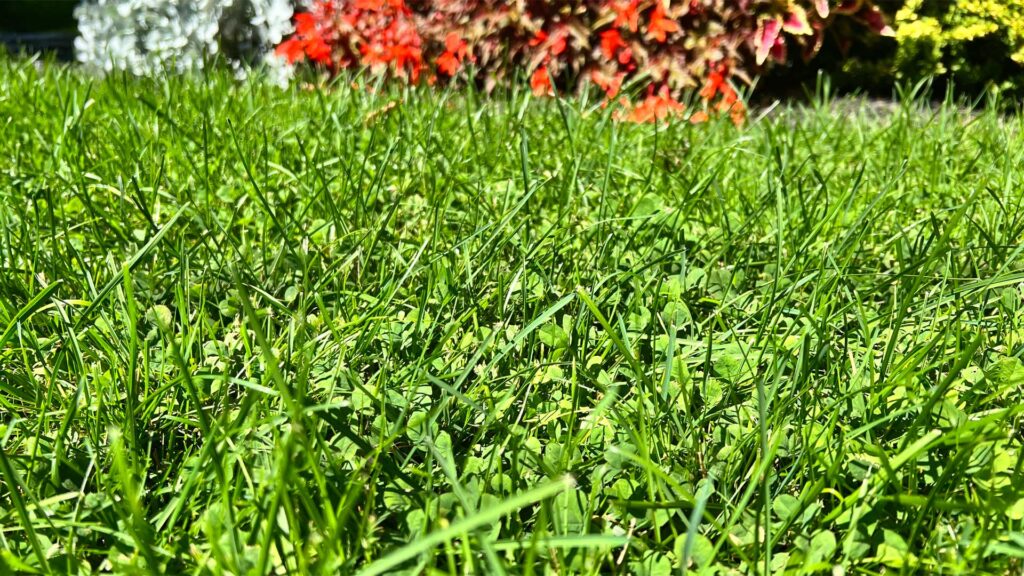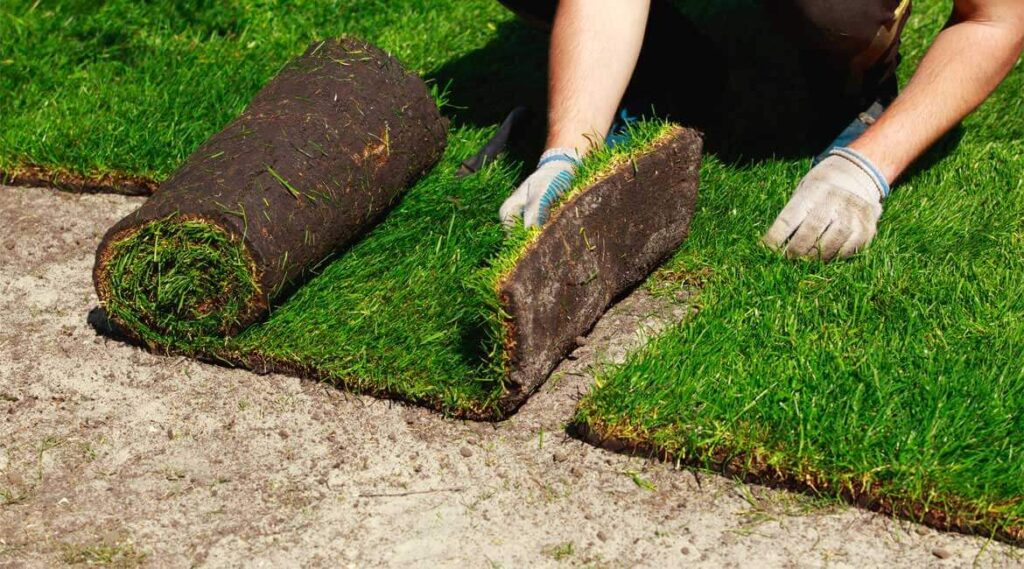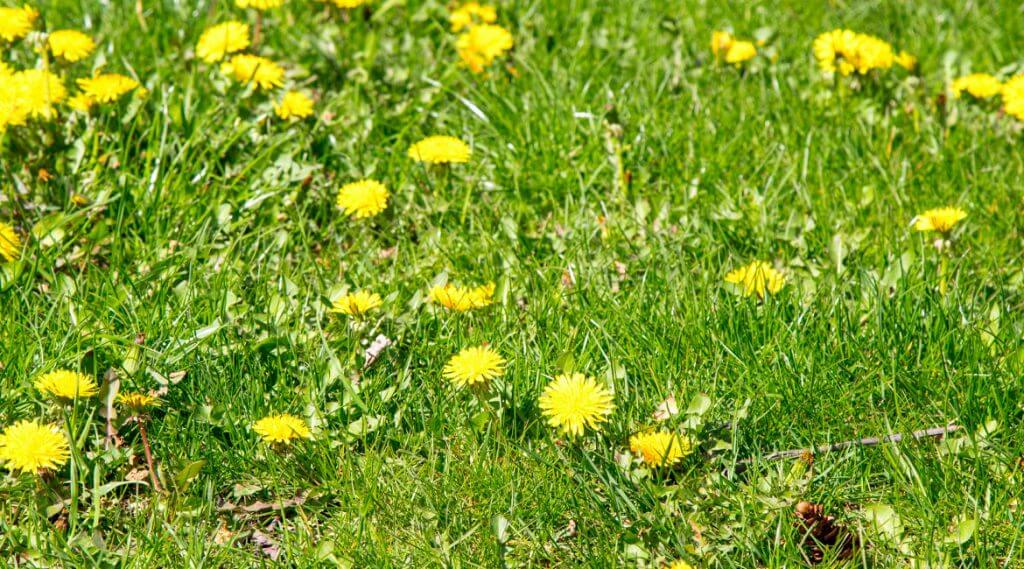Lawns are undoubtedly the most common ground cover in urban areas in Quebec. With their deep and dense roots, lawn grasses are very effective in limiting soil erosion and water runoff. Lawns are also well known for capturing CO2, filtering the air of dust and other pollutants, lowering temperatures – up to 14ºC compared to a mineralized surface – and enhancing landscaping. In addition, nothing matches its tolerance to foot traffic. No other plant has this ability to withstand foot traffic, whether in the yard or on a soccer or soccer field. As nothing is perfect in this world, the lawn still requires care to be healthy – think of mowing and fertilization for example. In some places, lawn care can be difficult, even perilous, while in others, this plant has difficulty growing and staying in good condition. It is then preferable to turn to other ground cover plants. Here are some suggestions:
Green thyme
Very popular for its beautiful mauve flowers that brighten up spaces. Fast growing, it does well in sunny areas with dry soil. When mature, it is drought tolerant. It even manages to withstand a little trampling, without exaggeration, and the smell that emanates from it is very interesting. The thyme will reach a height of about ten centimeters.
Weakness:
- Gets weedy before reaching a good density: be prepared to weed during establishment.
White clover
Well known for its white flowers that attract pollinators, white clover is interesting because it keeps its beautiful green color even in hot weather. Clover is also known to transform nitrogen present in the air into mineral nitrogen available to plants… but it does not share much and prefers to keep this nutrient for itself. It tolerates trampling, but not excessively. Popular belief has it that clover is immune to white grubs… Perhaps this charming larva prefers grass roots, but it will certainly be tempted by a good bite of clover when grass is unavailable.
Weakness:
- Plant quite sensitive to frost, so there is a possibility of death in very cold winters.
Waldsteinia false strawberry
This plant is very similar to the wild strawberry, except that its flower is yellow instead of white and its fruit is not edible. It is a native ground cover that tolerates shady areas well, so it is ideal if you have an undergrowth. It grows abundantly without being invasive and forms a nice dense carpet.
Weakness :
- Does not withstand trampling.
Diversified lawns
No single cover crop is perfect for every situation and every situation. Instead, the ideal is to diversify the traditional lawn by introducing different species to improve its resilience, further increase its biodiversity and support pollinators. Already, there are many grass mixtures that are better suited to different types of sunlight, soil and maintenance levels. Some contain a certain percentage of other plants such as clover and millet for example.
At the Department of Plant Sciences of Laval University, in collaboration with the Institute of Plant Biology of the University of Montreal, a research project is currently underway to measure the establishment and longevity potential of 4 herbaceous species introduced into established lawns: perennial daisy, field strawberry, thyme and creeping clover. This same project also aims to verify the impact on the quantity and diversity of pollinators present in these diversified lawns and to measure the public acceptance.
At the end of this project, we will know more about which ground covers perform best and can live in symbiosis with the sustainable lawn, which may not have a traditional appearance like the one we know, but still contribute better to protect the environment and pollinators, while providing a dense and performing ground cover.




